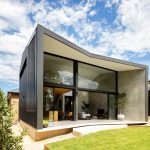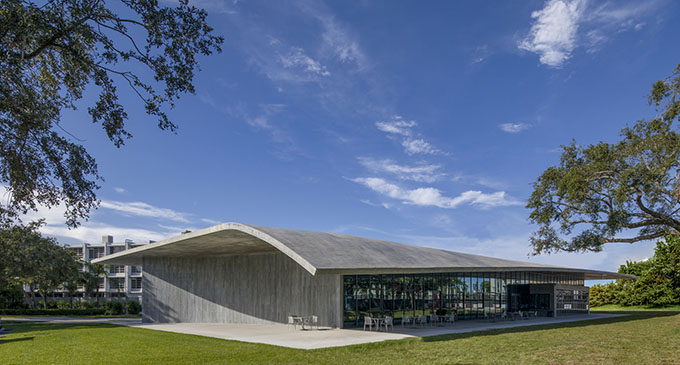
Arquitectonica designed a laboratory and collaborative space for the next generation of architects at the University of Miami School of Architecture. Take a look at the complete story after the jump.
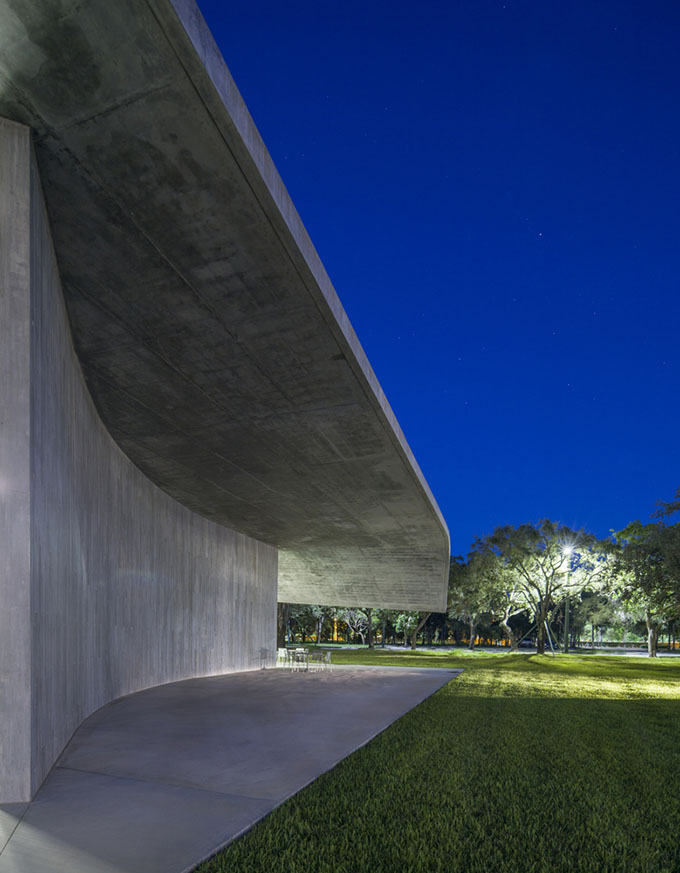
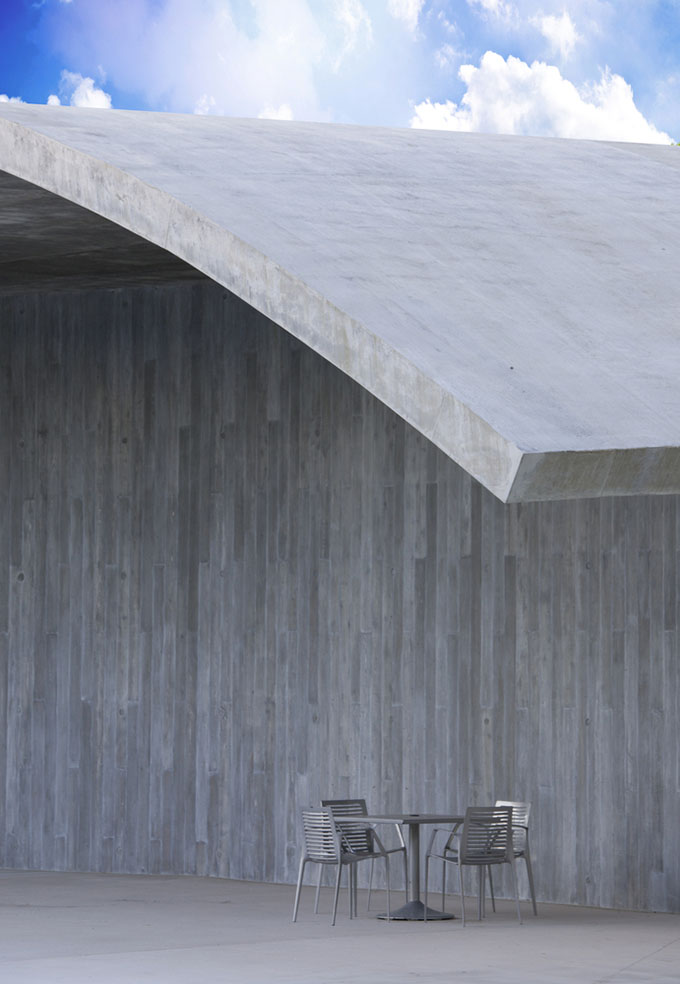
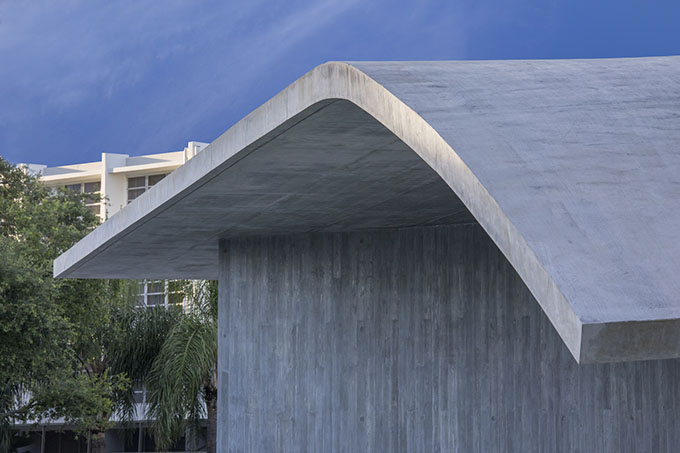
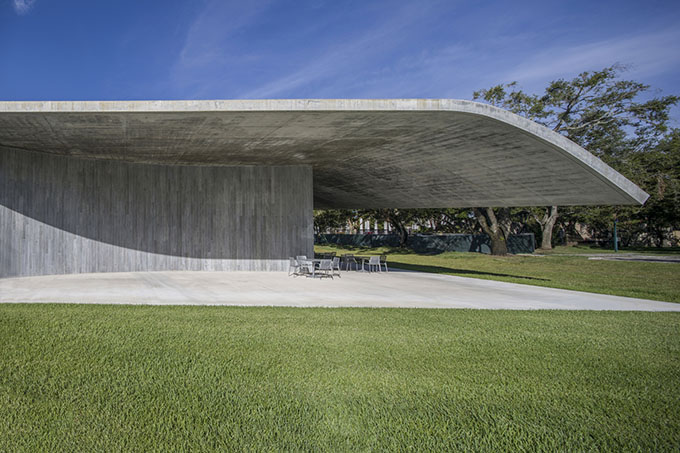
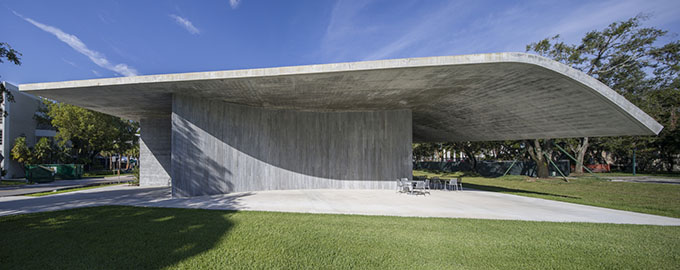
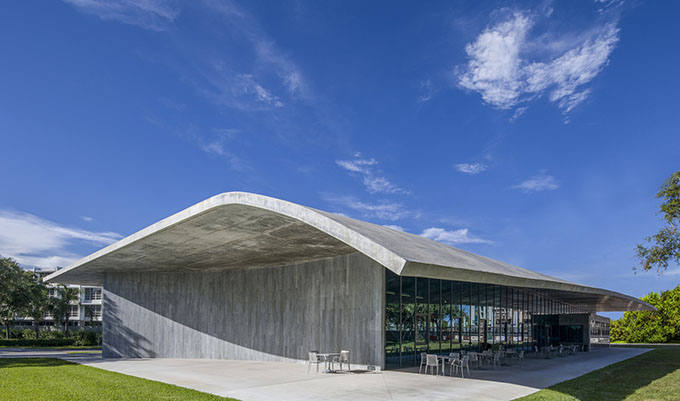
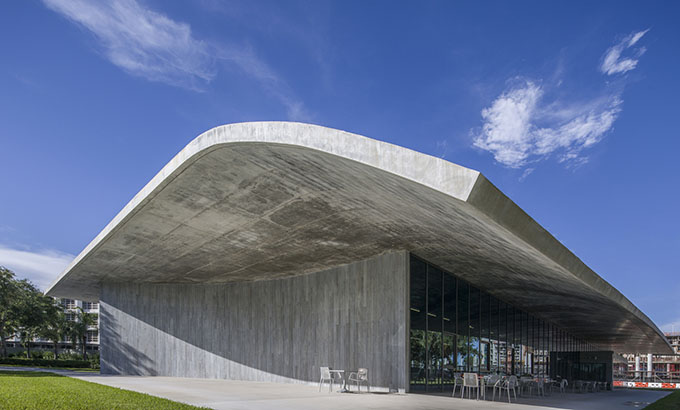
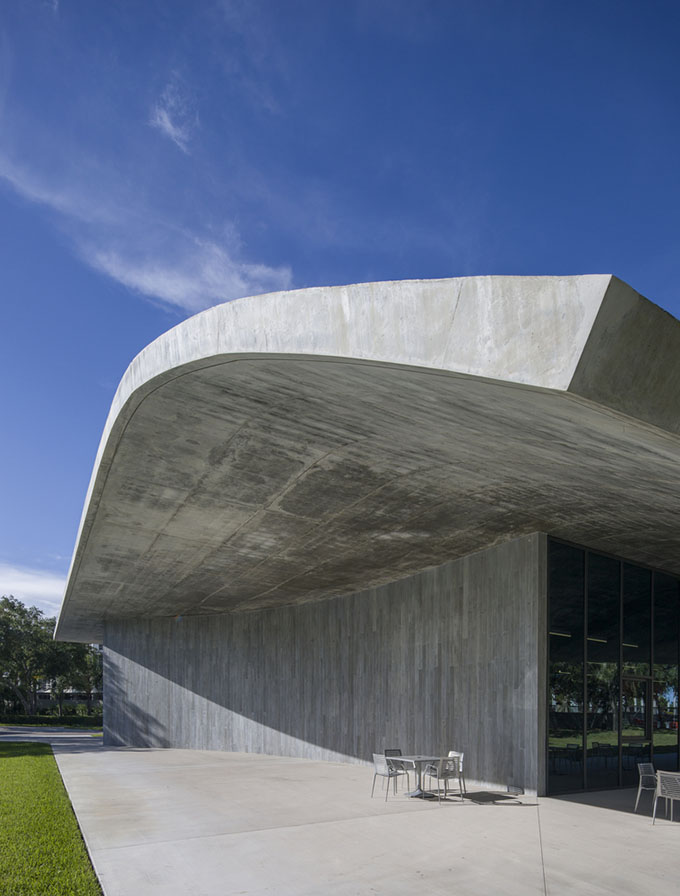
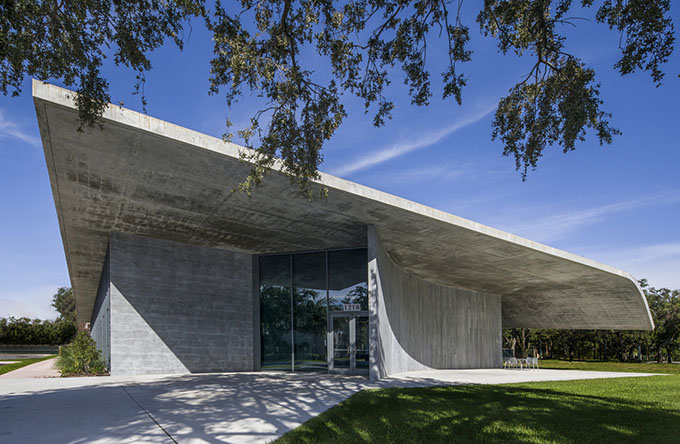
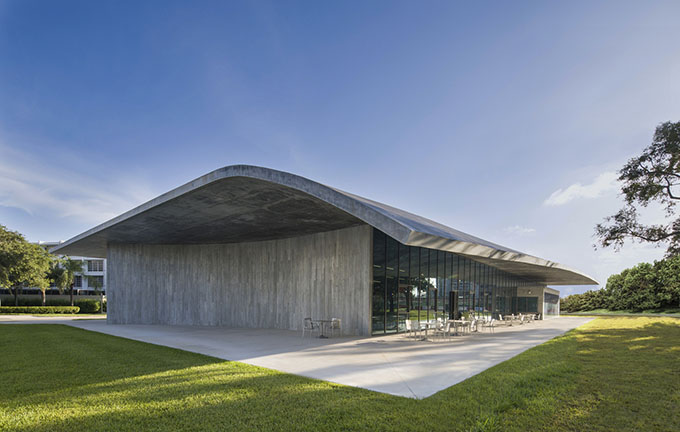
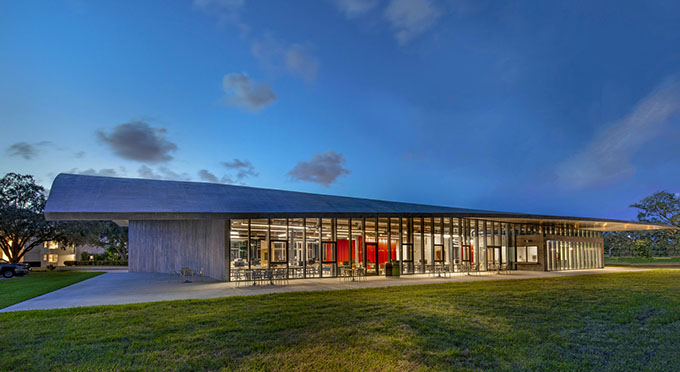
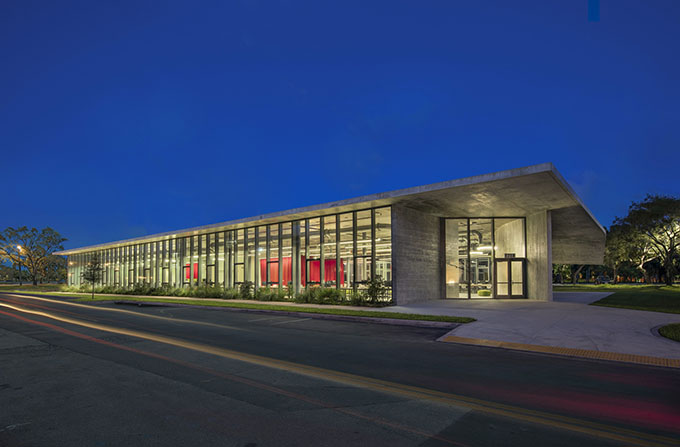
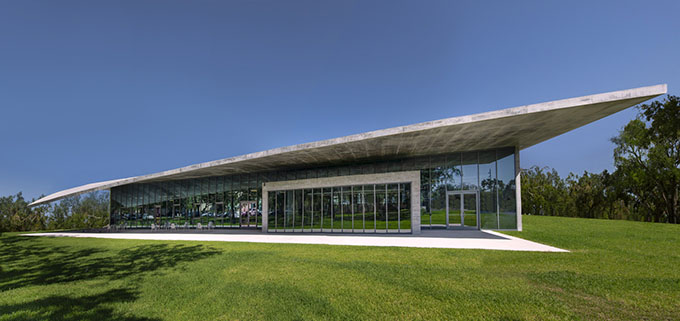
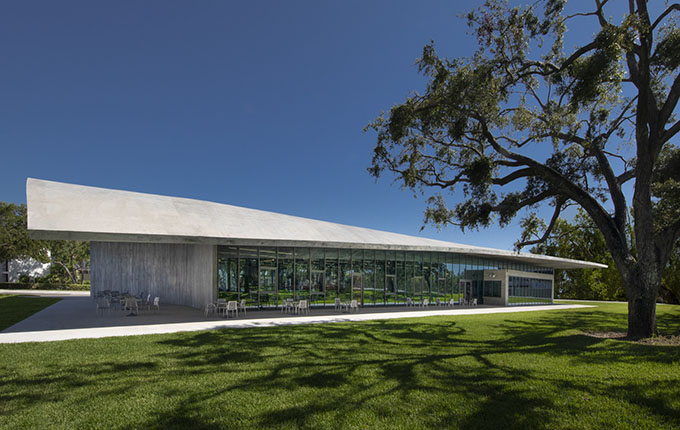
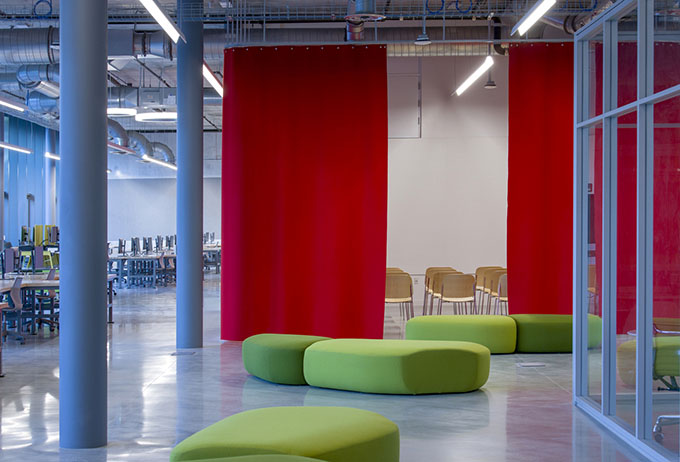

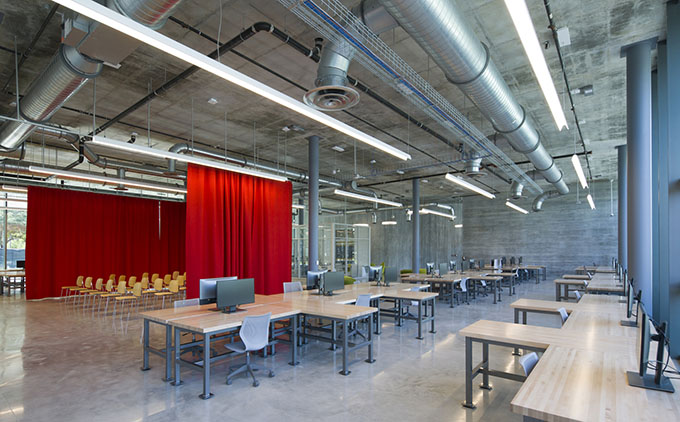
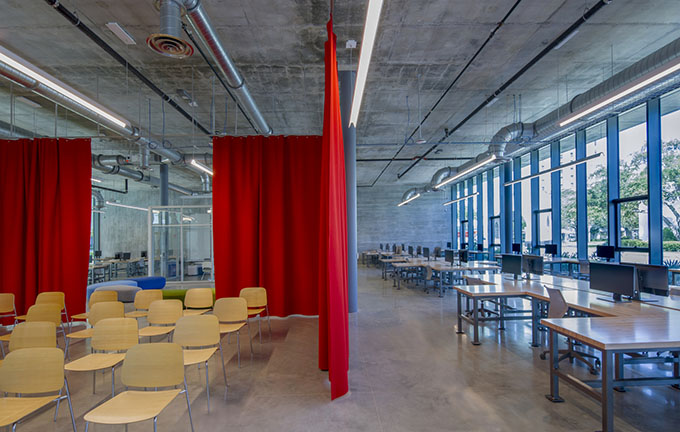
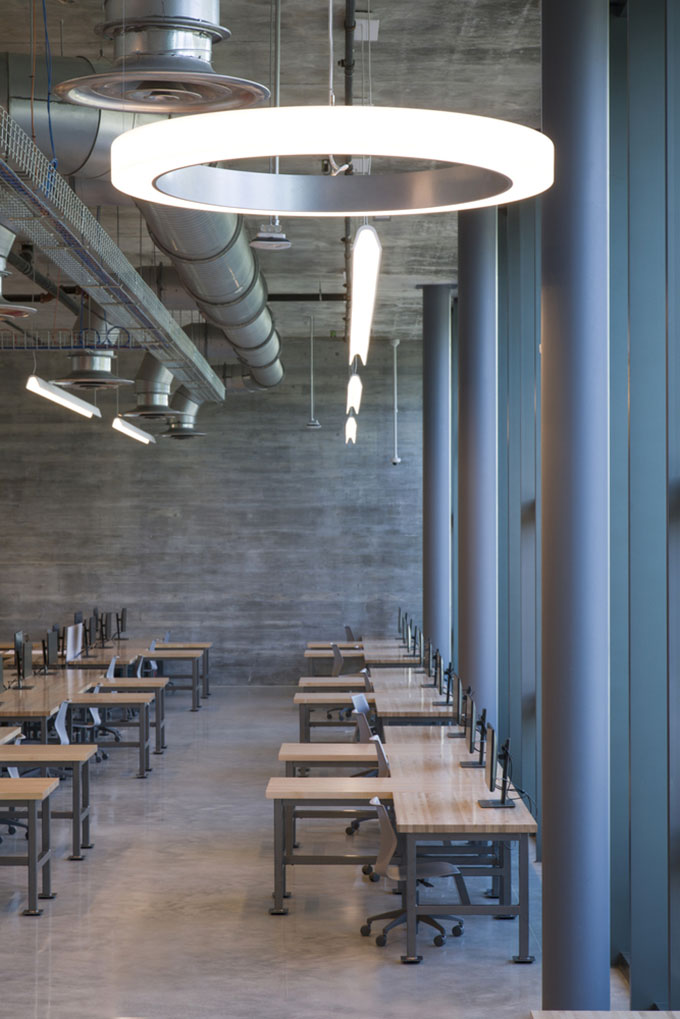

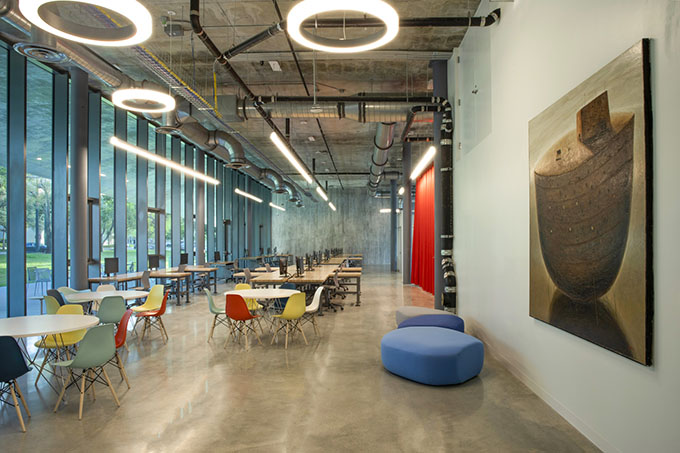
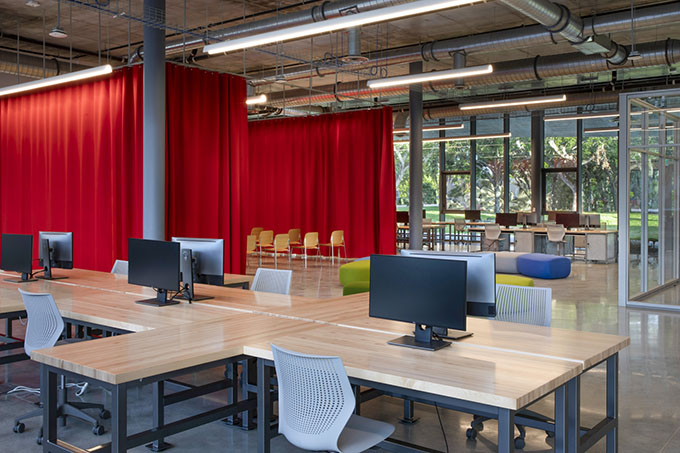
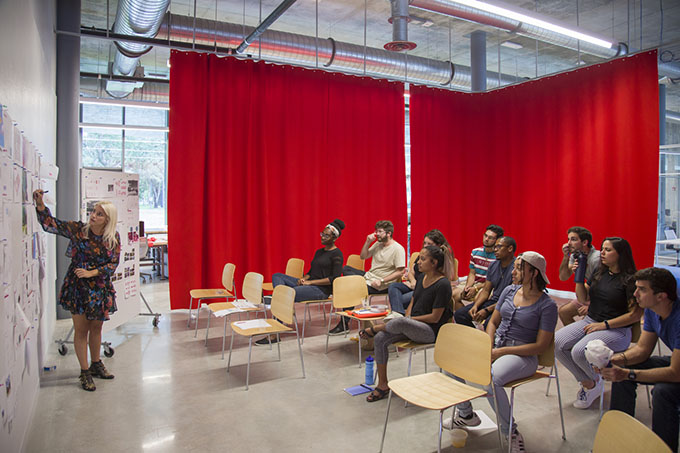
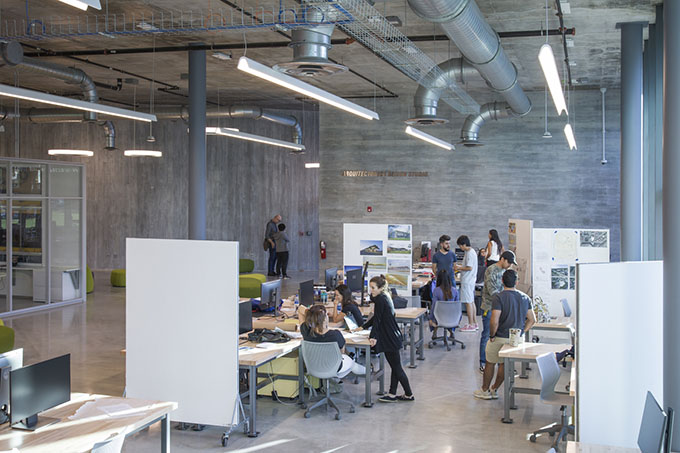
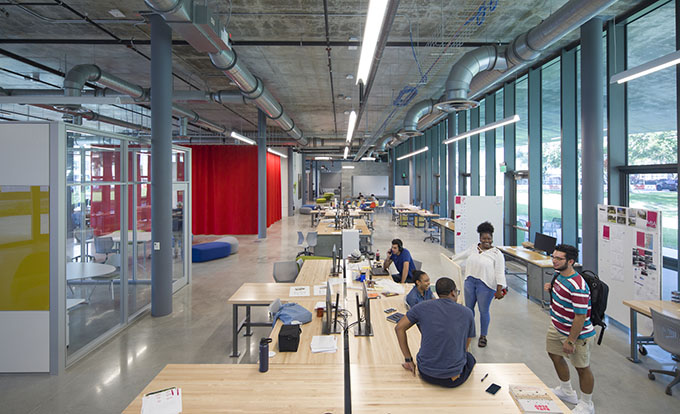


From the architects: Extending Arquitectonica’s longtime association with the University of Miami School of Architecture (Bernardo Fort-Brescia, Laurinda Spear and their son Raymond Fort have all served on the school’s faculty), the Thomas P. Murphy Design Studio Building cements the firm’s commitment to the University and its hometown through the design of a one-of-a-kind laboratory and collaborative space for the next generation of architects. The new 20,000-square-foot LEED-certified studio building provides a space that supports and furthers the school’s educational pedagogy. The exposed structure of glass and concrete serves as a teaching tool by illustrating some of the basic tenets of modern architecture, construction and sustainability. `
Located at the center of an intersection, the building creates a plaza and adjoining pathway that links the campus to the Miami Metrorail. The building is, in essence, a single, oversized shed, featuring a vaulted roof suspended 18 feet over the floor by narrow steel columns and a few fixed walls. This roof structure provides a sense of openness and enables natural light to permeate the building. A single, curved concrete wall faces the main public transit entrance and the Jorge M. Perez Architecture Center, a building designed by architect Leon Krier, that is the heart of the architecture school. This southern wall peels away to be in dialogue with the Krier building’s arched portico and octagonal auditorium. Acting as a symbolic gesture of welcome, the curve invites students to walk up to the building while softening the building’s rectilinear plan.
RELATED: FIND MORE IMPRESSIVE PROJECTS FROM THE UNITED STATES
The roof itself, a thin-shell concrete structure, is a moment of high visual drama. The slab warps slightly, seemingly melting in the Miami heat, to form a gentle arc that adds complexity to the silhouette of the structure. Besides affording effective shading over the glazed east and west fronts, the bowed roof also sets up the design’s primary formal swerve. The curve of the roof interacts with the curve at the entrance to demonstrate the plasticity of concrete. These two gestures transform a simple box into dynamic architectural expression, incorporating core modernist principles into a progressive design that will serve as an influence for the next generation of architects.
The design, orientation and strategic elements of the building address the movements of the sun and ensure a sustainable work environment even in the hottest months. The concrete roof warps over the southernmost point of the building to shade the interior from sunlight. The building can operate during daytime without the use of any artificial light while featuring the first ever use of 18-foot-high hurricane-resistant glass panels. Operable windows allow better insulation and eliminate dependence on air conditioning during the summer.
Studios are the heart of every architecture school and a strong magnet for prospective students. Fully stocked with digital fabrication facilities, exhibitions areas and ample room for social and public functions, the design of the studio spaces synthesizes every aspect of twenty-first-century pedagogy into a cogent whole, packing them into a deceptively simple envelope of thin concrete. The open plan studio space is based on a twenty-five-foot square workstation module that can accommodate a variety of desk configurations ranging from 90 to 130 workstations. The main entrance leads into an informal lobby that continues as a nave-like space running through the studios. The east and west walls of the central volume are clad in felt for students to pin up their work and the nave has movable boards for informal critiques and exhibitions. The studios on the south side of the circulation passage are intended for design-build courses and have direct access to the outdoor work area. Scattered cubes of different materials signify different uses within the open studio space: curtains for the jury areas, glass and panels for seminar and meeting spaces, concrete for the fabrication lab. Two glazed freestanding pavilions serve as faculty and visiting professor offices that can be redesigned and rebuilt by students each year, providing a setting for creativity and collaboration.
Photography by Robin Hill, Miami In Focus
Find more projects by Arquitectonica: arquitectonica.com


